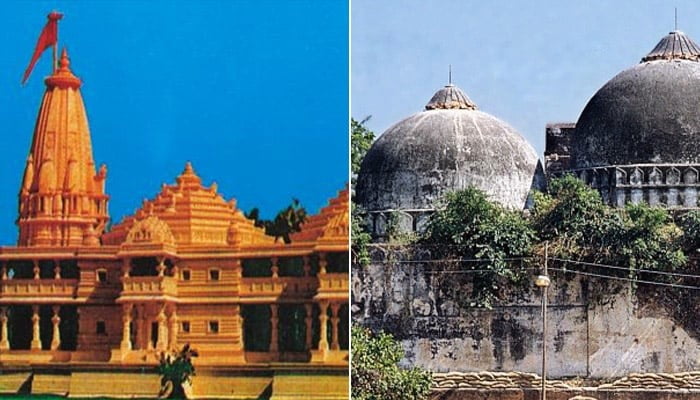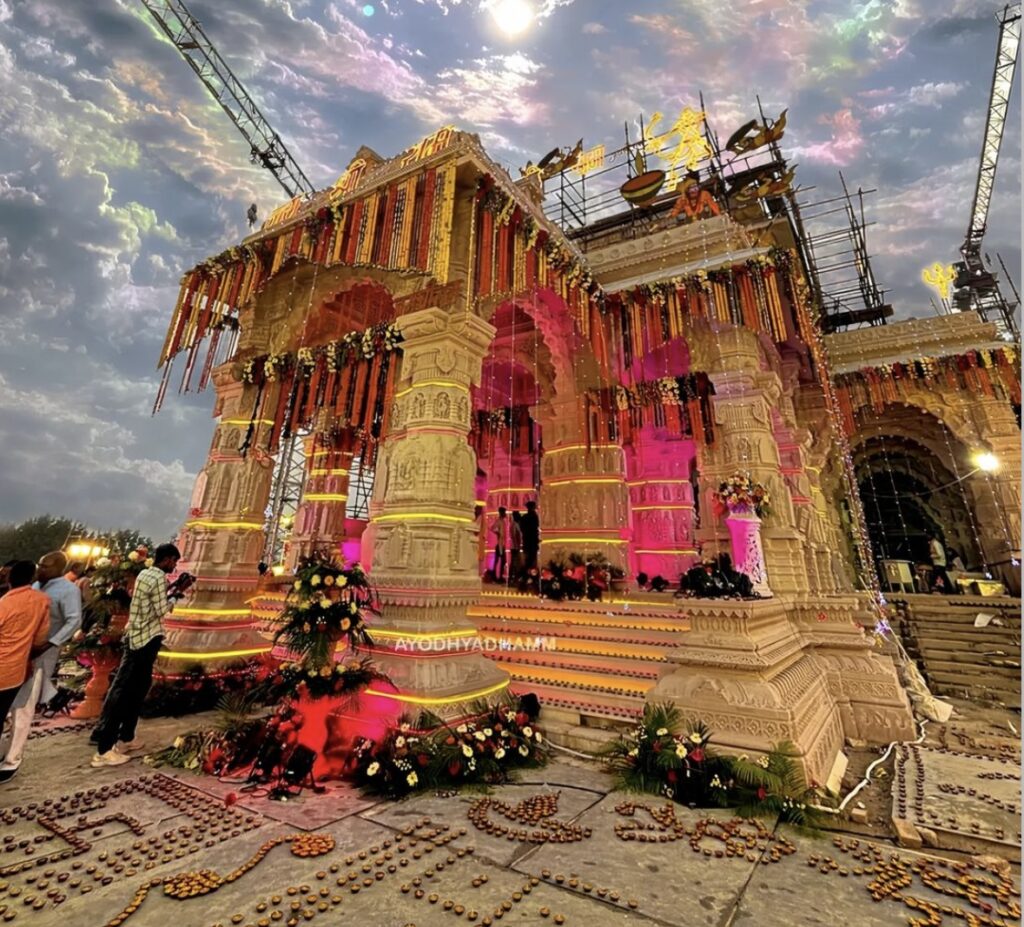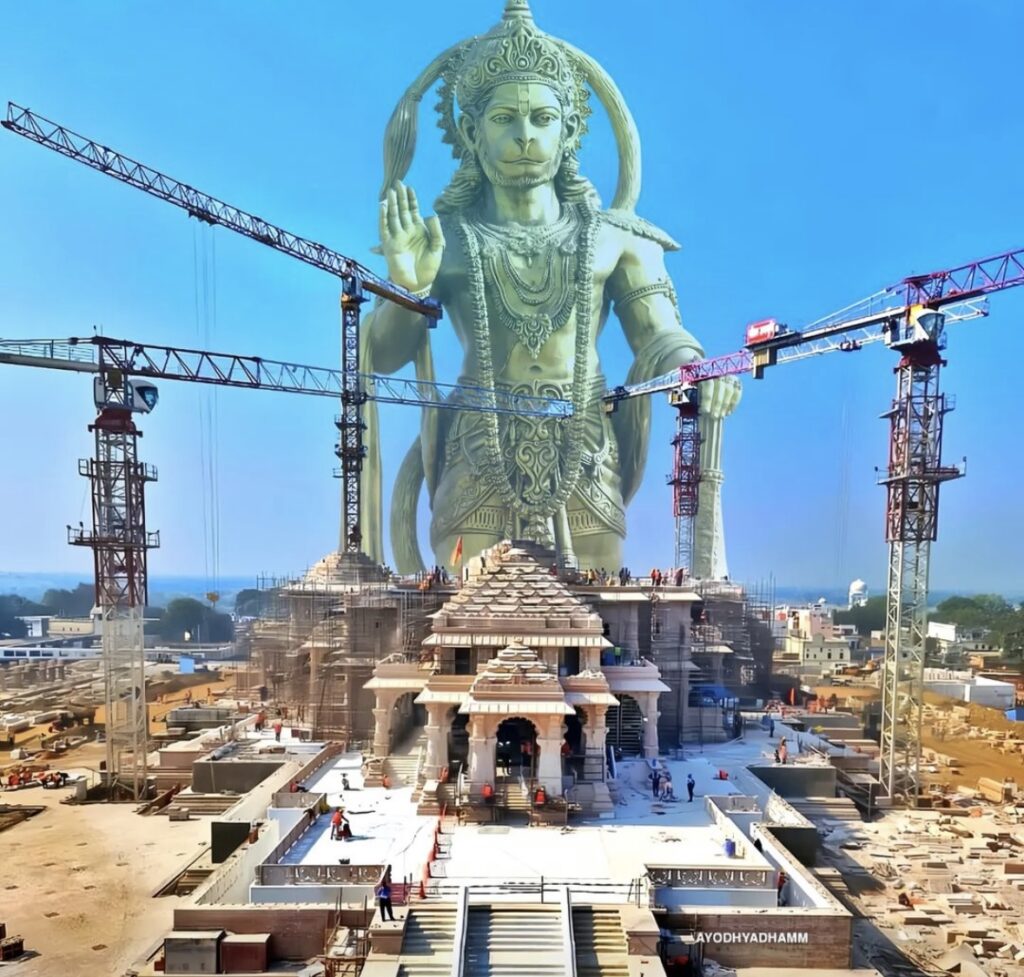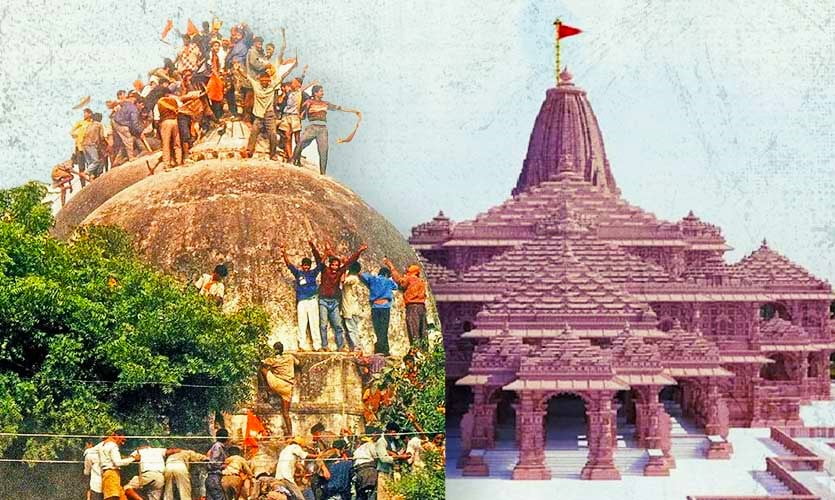Ram Mandir And Babri Masjid: The story of the Ram temple started in 1528, at this time the Sasan of King Maharaj was going on, when the intention of the Mughal King Babur was bad, Babur captured Delhi and the Mughal empires had ruled the country. But he built a mosque in his own name and named the mosque Babri Masjid.
Ram Mandir And Babri Masjid story begins in 1528. By this time Babur captured Delhi and the foundation of the Mughal Empire was laid in the country. According to historians, Babur’s commander i.e. commander Mir Baqi broke the Ram temple in Ayodhya after Babur’s orders. After this, a mosque was built there.
Ram Mandir And Babri Masjid (1528-2020)
Ram Mandir And Babri Masjid: The whole story of the construction of the Ram temple from 1528 to 2020 is very long and complex, and it involves various events. There is no history witness to whether the mosque was built by breaking the Ram temple in 1528, then in 1574, the Ram temple was translated into the Ramcharitmanas period, no written mention of the Babri Masjid is found in this book. Here are some important events:

- 1528: During the time of Babur, Mir Baqi, leader of the Mughal Empire, claimed to have built a Ram temple in Ayodhya. It was constructed during his reign, from which the history of the temple began.
- 1853-1949: During the British Empire, there was a Hindu-Muslim dispute over Ram Janmabhoomi. In 1853, the British Judiciary gave ownership of Ram Janmabhoomi to Hindus, recognizing special devotion to Lord Ram. But in 1949, two devotees named Pratibhushan Gupta and Kedarnath Pant placed the idol of Ram Lalla in the temple. After this, the outer part of the temple was closed and the inner part was kept under the protection of the representatives of the Muslim side.
- 1984-1989: The land issue became hot when the Hindu Mahasabha raised the issue of building a Ram temple in Ayodhya. In 1986, under the leadership of Kedarnath Pant, the government closed the Babri Masjid with partition and declared it a special area for secession.
- 1992: While attempting to demolish the Babri Masjid, Hindu activists razed the Babri Masjid. Thereafter, there was a big Hindu-Muslim conflict in India and violence started in many places.
- 2010-2019: Supreme Court decides to hear the case of construction of Ram temple in Ayodhya.
- 2019: The Supreme Court gave the decision to hand over the disputed land to Ram Lalla and exchanged the grant of land to the Muslim side elsewhere.
- 2020: Prime Minister Narendra Modi laid the foundation stone of Ram Temple by laying a grand foundation stone in Ayodhya on 5 August 2020.
These events are from the main point of view of the Ram temple dispute, but there are many other aspects in it.
Table of Contents
Ram Mandir: A 500-Year Journey Of Struggle

- During the time of Babur of the Mughal Empire, Muslim monk Mir Baqi built the Ram Temple in Ayodhya in 1528. From this time the story of Ram temple started.
- 1853-1949: During British rule, in 1853, the British judicial gave ownership of Ram Janmabhoomi to Hindus, but in 1949 devotees named Pratibhushan Gupta and Kedarnath Pant placed the idol of Ram Lalla in the temple.
- 1984-1989: True issues of Ayodhya In 1984, the Hindu Mahasabha started a movement for a Ram temple. In 1986, the government decided to close the Babri Masjid.
- On 6 December 1992, Hindu activists vandalised the Babri Masjid, triggering violence in India.
- 2010-2019: Issue in Supreme Court The Supreme Court decided to hear the case of building a Ram temple in Ayodhya. In 2019, the Supreme Court gave a decision to hand over the disputed land to Ram Lalla.
- Prime Minister Narendra Modi laid the foundation stone of the Ram Temple by laying the grand foundation stone in Ayodhya on 5 August 2020.
The story of Ram Mandir has shown the struggle of 500 years which holds a significant place in the religious and cultural tradition of Indian society.

